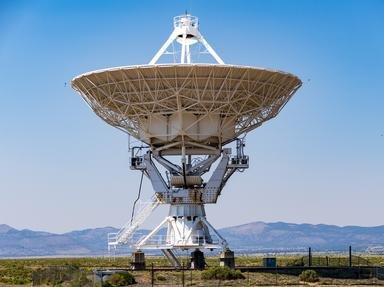Quiz Answer Key and Fun Facts
1. A main-sequence star with a mass equal to 18.0 solar masses would probably have which of the following colors?
2. The distance to Sirius from Earth is roughly which of these?
3. Which of the following Solar System planets is often called 'Earth's twin'?
4. The Moon is known to be moving away from Earth at a rate of about 3.8 centimeters per year. What is the primary reason for this phenomenon?
5. Titan, Saturn's largest moon and the second-largest natural satellite in our Solar System, has a surface gravity equivalent to only about 80% of the Moon's. Despite this, it manages to retain one of the most significant atmospheres in the Solar System, whereas the Moon has little to no atmosphere. Why is this?
6. Besides having an atmosphere, which of the following is vital for a planet to have seasons?
7. A terrestrial planet with a reddish surface might have experienced which of the following?
8. A standard Neptune-type gas giant orbits its parent star, which has a mass equivalent to 1.3 solar masses, in a nearly circular path once every 91.5 Earth-years. What is the semimajor axis of the planet's orbit in astronomical units (AU)?
9. A planet orbits its star, which is three times as massive as the Sun, once every 300 days at a distance of about 1.26 AU. Assuming a circular orbit, what is the approximate orbital velocity of this planet?
10. Which of the following is a primary prerequisite for life as we know it to develop on a planet?
Source: Author
FieryPhoenix7
This quiz was reviewed by FunTrivia editor
rossian before going online.
Any errors found in FunTrivia content are routinely corrected through our feedback system.
